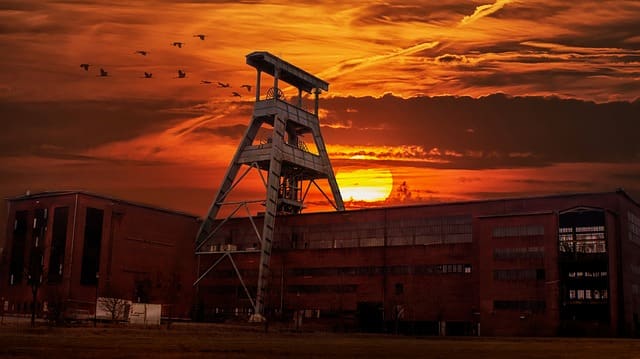
AFRILCATE
WHAT IS ELECTRICITY STORAGE?
Electricity storage is the capture of energy produced at one time for use at a later time.
Electricity becomes more expensive during peak times as power plants have to ramp up production in order to accommodate the increased energy usage.
Electricity storage contributes to meeting electricity demand during peak hours.
CAN ELECTRICITY BE STORED?
Electricity cannot be stored directly, but it can be converted to other forms of energy which can be stored on a long-term or short-term basis and later reconverted to electricity when needed.
Electricity storage on a large scale has become a major focus of attention as intermittent renewable energy are becoming more prevalent.
HOW IS ELECTRICITY STORED?
Energy can be stored in various ways. They include:
- Pumped Hydroelectric
- Compressed Air
- Flywheels
- Batteries
- Hydrogen
- Thermal Energy Storage
- Pumped Hydroelectric:
Uses gravitational force to generate electricity. Electricity is used to pump water up to an elevated reservoir.
When water is released from the reservoir, it flows down through a turbine to generate electricity.
In Bath County, Virginia, the largest pumped hydro storage facility in the world supplies energy to about 750,000 homes.
It was built in 1985 and has an output of approximately 3 GW of energy.
- Compressed air:
Electricity is used to compress air into an underground hole (up to 1,000 pounds per square inch) and stores it in underground salt caverns.
The is done during off-peak hours when electricity is cheaper.
When electricity demand is high, the pressurized air is released and heated and the resulting expansion turns an electricity generator.
- Flywheels
Energy is stored in a flywheel by accelerating their spin at a very high speed up to 60,000 rpm.
When needed, the stored kinetic energy moves in reverse and turns a generator.
Some flywheels use magnetic bearings and operate in a vacuum to reduce minimize air friction, which would slow the wheel.
Flywheels are not suitable for long-term energy storage but are effective in balancing fluctuations in electricity supply and demand.
- Batteries
Similar to common rechargeable batteries, very large batteries can store electricity.
These systems can use lithium-ion, lead-acid, solid-state batteries, flow batteries or other battery technologies.
Lithium-ion batteries are by far the most popular battery storage option today and control more than 90 percent of the global grid battery storage market.
- Hydrogen
Electricity can be converted into hydrogen by electrolysis.
The hydrogen can be stored and eventually re-electrified.
This storage method is reliable, has a high energy density and releases no emissions.
- Thermal energy storage
Thermal energy systems use heating and cooling methods to store and release energy.
For energy storage, materials like rocks, salts, or water are heated and kept in insulated environments.
When energy needs to be generated, the thermal energy is released by pumping cold water onto the hot rocks, salts, or hot water in order to produce steam, which spins turbines.
Thermal energy storage can also be used to heat and cool buildings rather than generating electricity.
For example, thermal storage can be used to make ice overnight to cool a building during the day.

flywheel for electricity storage
EMERGING TECHNOLOGIES IN ELECTRICITY STORAGE
New technologies such as supercapacitors and superconducting magnetic energy storage are currently under development to meet storage demands.
Energy storage companies are also birthing technologies that will increase the efficiency of various storage facilities currently in use.
The demand for a more flexible and cleaner grid has led to a significant increase in the construction of new energy storage projects and to the development of better energy storage solutions.

